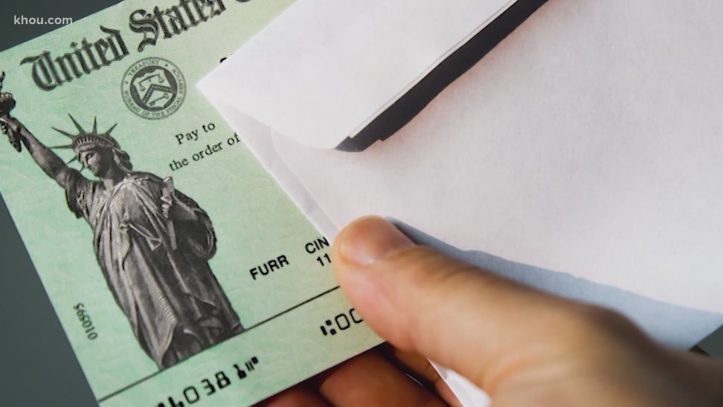For many, the question of where’s my stimulus check? Has become a familiar one. With the passage of time, it has come to be regarded as a standard question among Americans with the recession.
The reason is that federal benefits recipients are receiving monthly checks from the government. But these checks are no longer coming in the form of checks that can be easily exchanged for cash or deposited into bank accounts.

That’s because most American households are not having checking or savings accounts. That’s one of the reasons why most American consumers don’t have surplus cash on hand. So, for them, the question of where’s my stimulus checks?
There are two common options that are open to any American citizen who is experiencing the common plight of not having surplus cash on hand – get an FDIC-insured debit card and use Direct Deposits. A Direct Deposit is a feature that most banks offer their customers who have a bank account. As a result of this feature, their customer is able to directly deposit a specified amount of money into his account. And this amount is credited every month.
One feature of Direct Deposits is that their usage is not limited to just the purpose of making stimulus checks. They can also be used as cash advances. If a customer has a Direct Deposit and a high-yield savings account, he can easily get a loan at zero interest rates and within his given time frame as well.
But Direct Deposits are not without their own constraints. Most Americans who use DAs have to be residents of the United States and must have an active bank account. Apart from that, federal benefits recipients cannot use DAs for ATM cash withdrawals. If they do, the funds can only be spent within that particular year. The three other major limitations that go with DAs are:
A DBA may be utilized to get a cash advance for any reason. Most borrowers use it to pay for medical emergencies or buy a car. For some, it is used as a source of emergency funds. But whatever be the reason, borrowers must have an account and must have access to the money when they need it. It is also important that they must have high-yield savings since these funds earn very low interest.
A DBA might look like a perfect lending tool for federal benefits recipients. But there are strings attached to its benefits. First, most such accounts have to be opened by a direct deposit recipient. Also, the money needs to be deposited within the given timeframe. Otherwise, the borrower has wasted his time, as the amount he received for that check would be negligible.
For all of their drawbacks, direct deposit banks still play a major role in our economy. As more Americans rely on them to save their money for a rainy day, this type of bank account will continue to prosper. Only time will tell whether or not this type of bank offering will be around for future generations. If it does, it will surely be a great thing for them. If not, then maybe the day will come when no one will offer a “stimulus check” to any American citizen.
There are a few ways people can learn more about federal benefits and direct deposit. A good start would be to visit the websites of the direct deposit bank. A good second start might be to visit the local branch offices. These types of locations will have detailed information about these services, hours of operation, and other pertinent information. After learning all of this information, a person can make an informed decision about where to get a check from.
If the individual needs more than just answers to the question, “Where’s my stimulus check?” Then he should definitely consider looking into what is known as an EFT. An EFT is an electronic transfer program that enables consumers to withdraw their own checkbooks electronically. This provides them with another avenue to obtaining their checkbooks if they choose to do so.
One final thought about where is my stimulus check! Before the economic turmoil began, many of us received checks in the mail that contained a federal loan modification. These checks were sent to help defray some of our expenses. While they still exist, most Americans do not use it to pay their electricity or water bill. As long as there is a balance due on a checking account, it will continue to be a valuable asset.